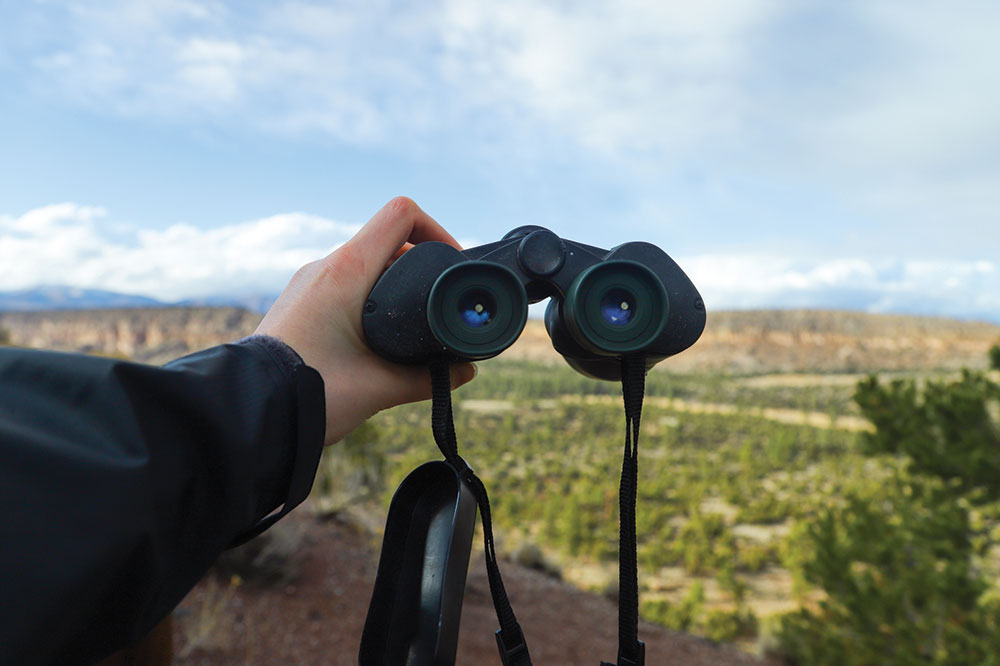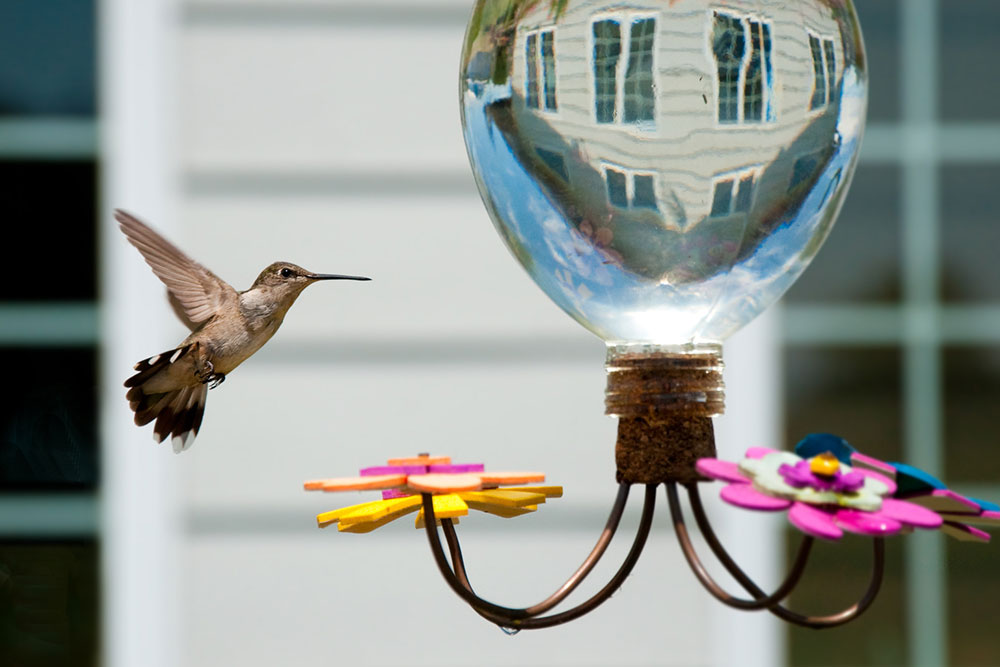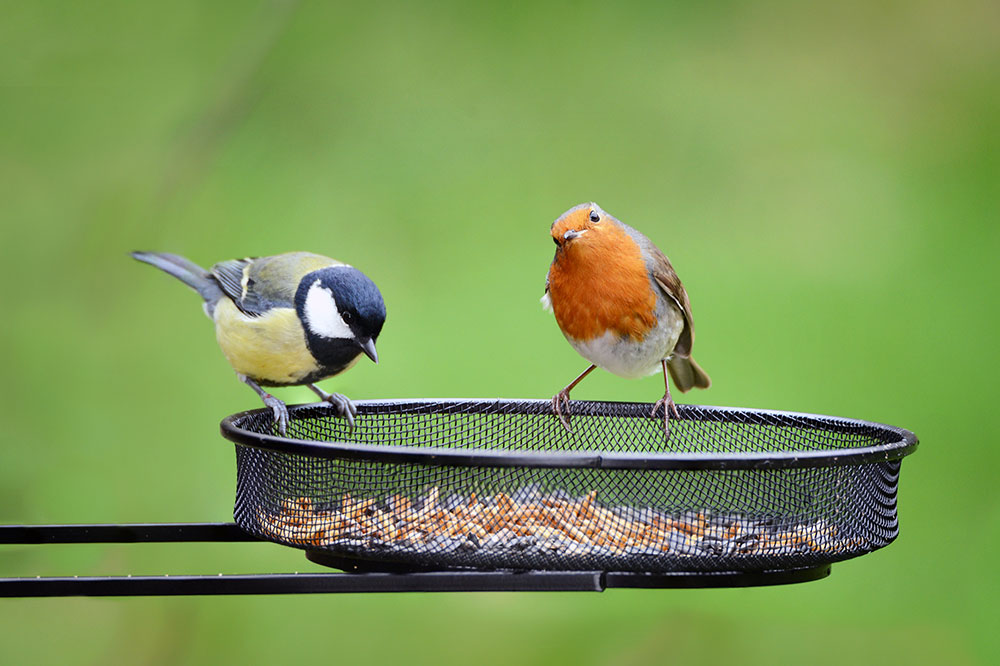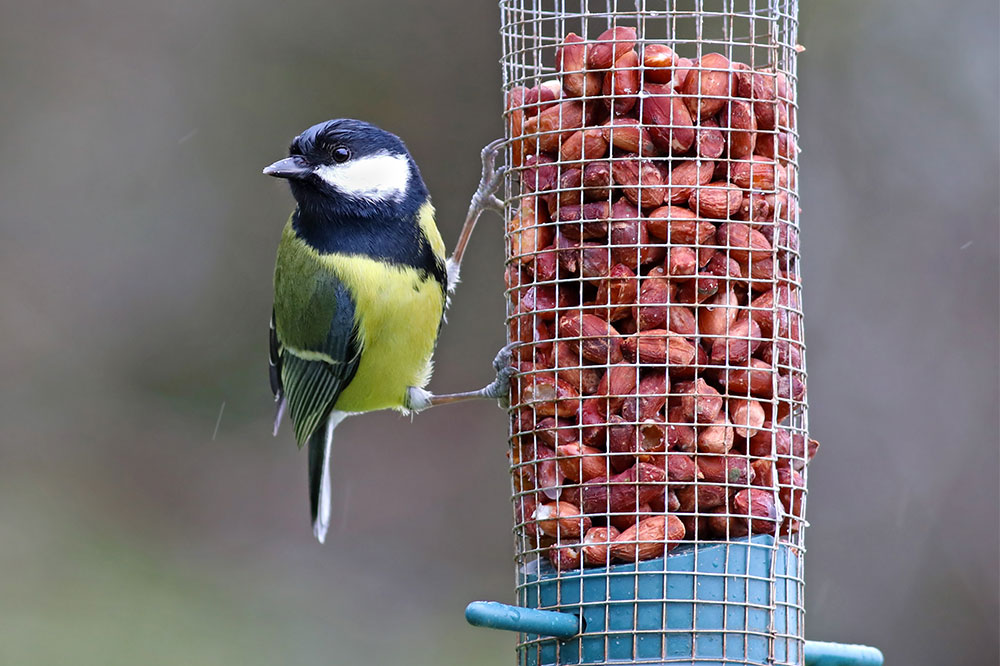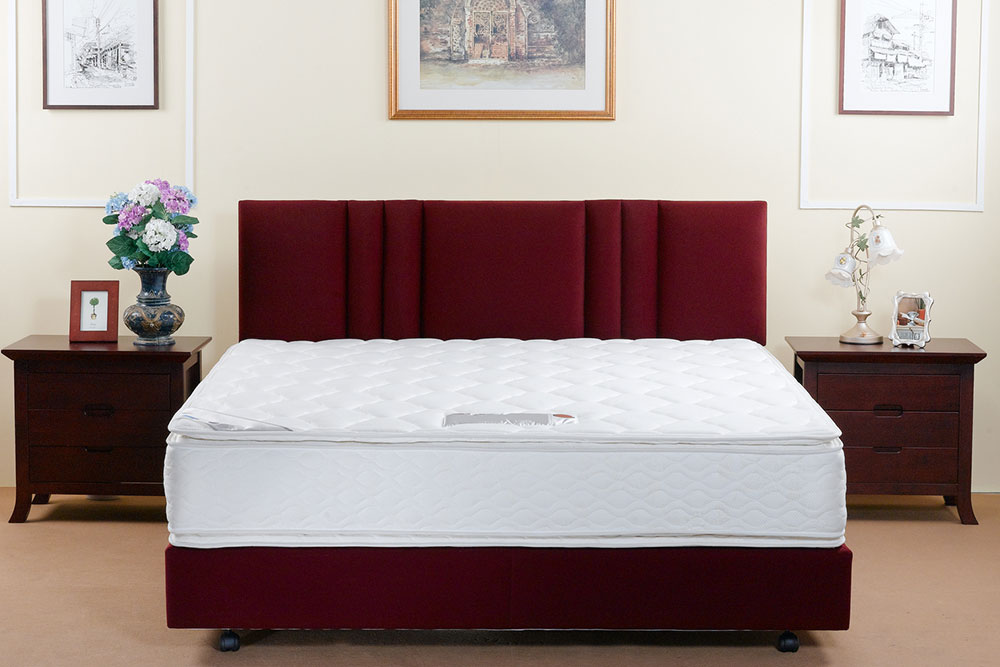How to Attract Hummingbirds to Your Garden
Discover effective ways to attract hummingbirds to your garden with native plants, nectar feeders, and natural shelter. Learn which flowers they prefer, how to maintain a thriving habitat, and simple tips to enjoy these vibrant, iridescent birds from your backyard. Create a lively space that supports hummingbird life and adds color and movement to your outdoor environment.
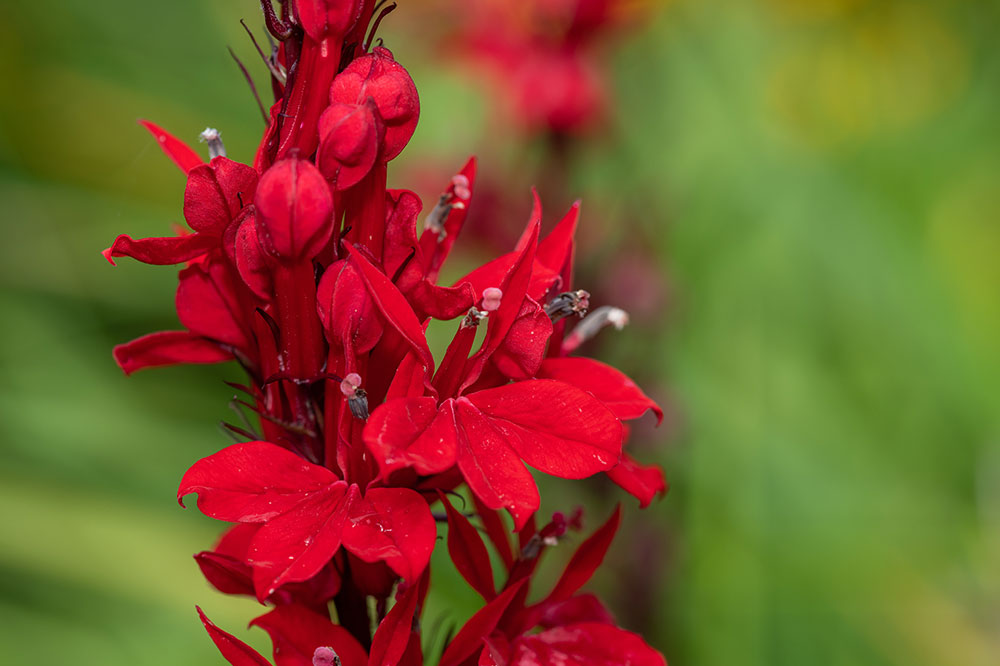
Guide to Bringing Hummingbirds into Your Garden
Are you passionate about birdwatching and eager to discover the best plants to invite hummingbirds? You've come to the right place. The tiny, vividly colored hummingbirds are mesmerizing to observe. Active and fiercely territorial, these migratory birds follow seasonal bloom patterns. By planting nectar-rich flowers, you can create an inviting environment for these lively and charming creatures. Keep reading to learn effective strategies to attract hummingbirds to your outdoor space.
How can you attract hummingbirds?
Drawing these delightful birds is simple when you follow some essential tips. Here's a straightforward guide to bring hummingbirds into your yard and encourage their return.
Select their favorite flowering plants
Hummingbirds primarily feed on insects, sap, and pollen, but they love nectar from flowers. To attract them, incorporate flowers that produce abundant nectar. They are particularly drawn to red, tubular-shaped blooms that stand out in your garden.
Maintain seasonal flowering
Plantting flowers isn't enough; you must also care for your garden to ensure continuous, vibrant blooms throughout the season. This keeps hummingbirds enticed and encourages them to stay longer.
Avoid pesticides
While tempting to use pesticides or chemical fertilizers, such practices can harm hummingbirds. These chemicals remove their natural protein source—small insects. Instead, choose organic pest control methods to keep your flowers healthy and safe for the birds.
Best flowers to attract hummingbirds
Many flowers attract hummingbirds, but some are especially effective. Here's a selection of the top plants for luring these birds into your garden.
Salvia (Salvia officinalis)
This hardy, deer-resistant flower, available in shades of blue and purple, grows 3-4 feet tall and attracts hummingbirds, butterflies, and bees.
Bee balm (Monarda didyma)
Known for its striking spherical blooms, this perennial attracts hummingbirds and pollinators alike. It comes in vibrant red, orange, and purple, reaching up to four feet in height.
Blue lobelia (Lobelia siphilitica)
This plant, with its distinctive blue-purple flowers, grows about 2-3 feet tall, blooming from July to October, drawing in hummingbirds easily.
Coral Honeysuckle (Lonicera sempervirens)
A native vine that blooms from late spring through summer, producing trumpet-shaped flowers in red, pink, and yellow. It can climb up to 25 feet, providing both nectar and shelter.
Bleeding heart (Lamprocapnos spectabilis)
This exquisite perennial with heart-shaped flowers in white or pink prefers shaded areas and attracts hummingbirds in cooler climates. It grows 2 to 3 feet tall.
Butterfly bush (Buddleia davidii)
A popular shrub known for its elongated clusters of fragrant flowers that attract hummingbirds and butterflies. Flowers bloom from mid-summer to fall, offering nectar and cover.
Other methods to attract hummingbirds
Besides planting flowers, there are additional ways to bring hummingbirds into your yard for an up-close experience. Here's how.
Install nectar feeders
Hang hummingbird feeders filled with fresh nectar near your flowering plants. Place them in quiet, accessible spots to encourage visits from these energetic birds.
Provide a water source
Hummingbirds need a daily water intake, often from nectar or dew. Offer a shallow pond or birdbath to give them a place to drink and bathe, drawing their presence.
Offer ripe fruits
Fruits with broken skins or ripe aroma, like berries, watermelon, or oranges, attract hummingbirds with their sugary juices. Adding these can supplement their diet with essential nutrients.
Create nesting spaces
While hummingbirds don't prefer nesting boxes, they build nests naturally with twigs and leaves. Provide plenty of natural shelter and safe spots for nesting to promote local populations.
Hummingbirds are captivating, iridescent creatures that bring beauty and vitality to any garden. By planting suitable flowers, offering water and food sources, and providing a welcoming environment, you can enjoy the lively spectacle of these tiny, migratory jewels and support their role as pollinators in your ecosystem.

